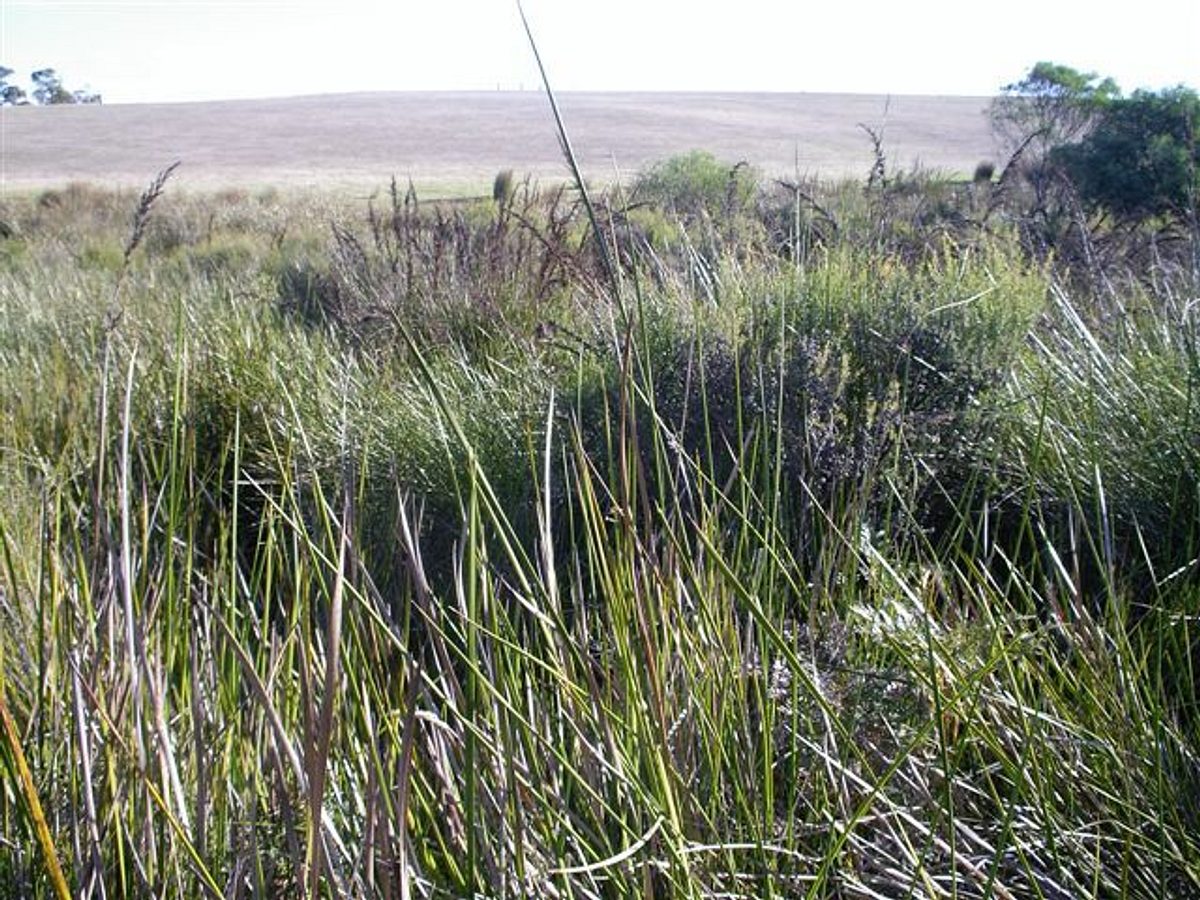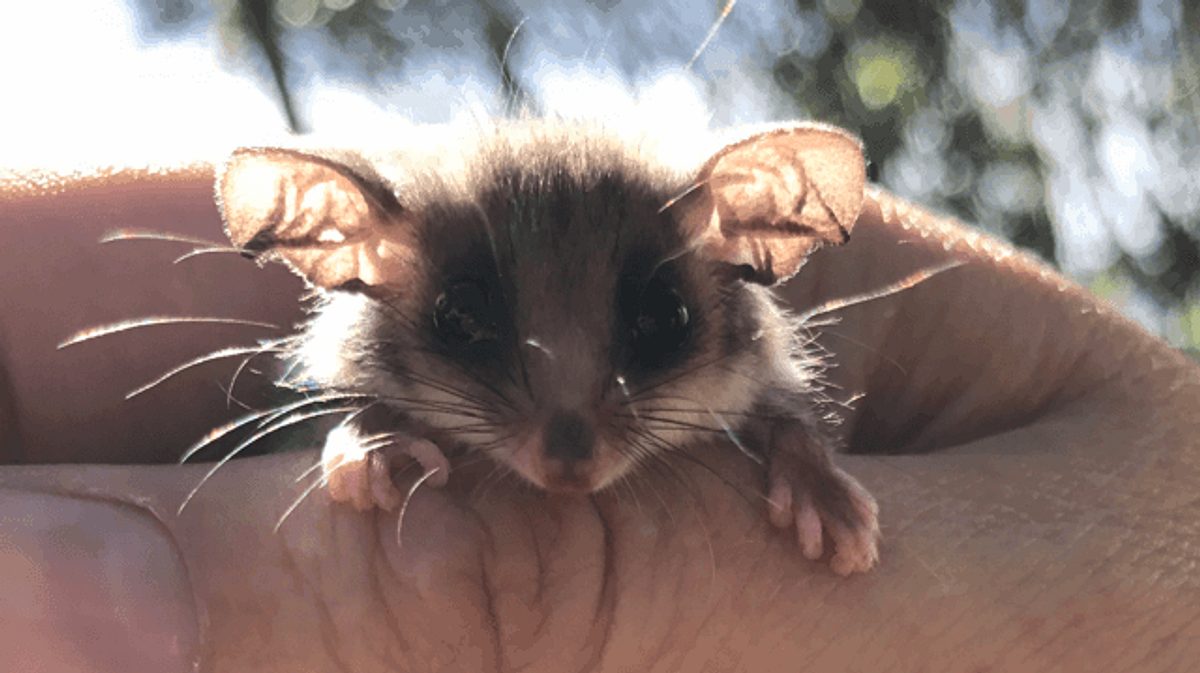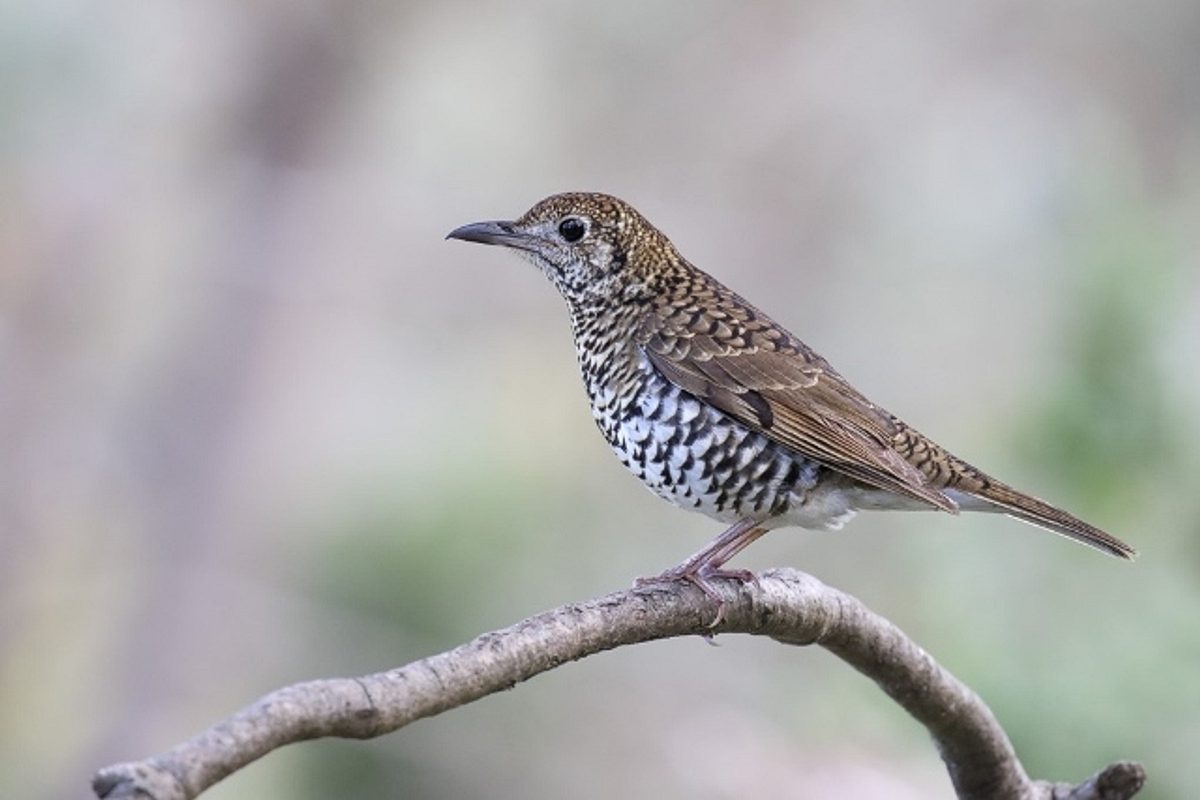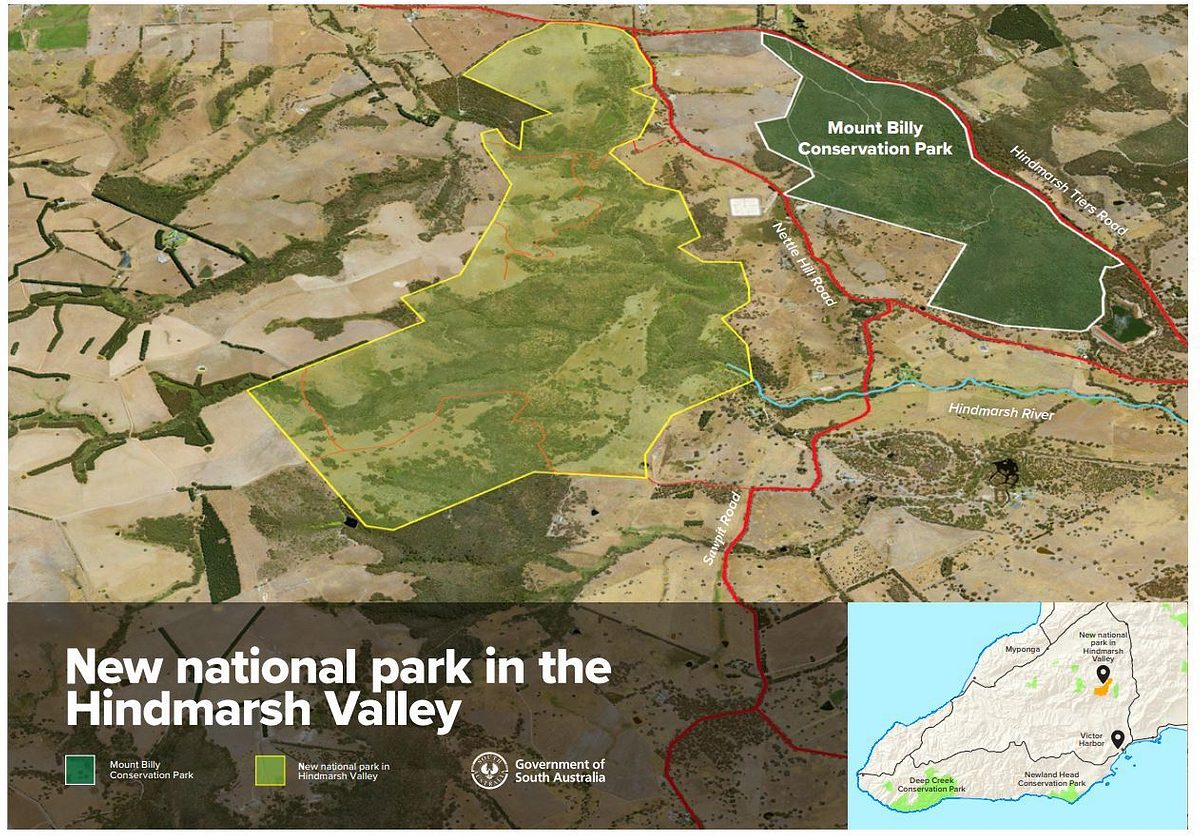
Creating Hindmarsh Valley National Park
A new national park is being created in Hindmarsh Valley on the Fleurieu Peninsula, nestled between Myponga and Mount Jagged.
The 423-hectare portion of land was previously owned by SA Water and was transferred to the Department for Environment and Water in mid-2021.
It was officially proclaimed as a national park in December 2021, ensuring the ongoing protection of this ecologically significant land.
In creating this national park, conservation is at the forefront.
Learn more about the creation of Hindmarsh Valley National Park, the species that live here and the importance of its inclusion in South Australia’s national park network.
Subscribe to receive project updates.
Where is Hindmarsh Valley National Park?
Hindmarsh Valley National Park is located approximately 80 km south of Adelaide on the Fleurieu Peninsula.
It is nearby to picturesque Hindmarsh Falls, and Mount Billy Conservation Park – which also protects important Fleurieu Peninsula vegetation communities.
Why is the site so significant?
Hindmarsh Valley National Park is where you will find the nationally critically endangered Fleurieu Peninsula Swamps.
These swamps are unique because of their tiered structure, found nowhere else in Australia. The upper catchments enable the formation of spring fed swamps at the top of the tiers. These swamps feed permanent streams dissecting the south-easterly facing slopes, creating moist, shady, mossy areas with fertile loamy soils that are unique for the region. This is ideal habitat for the endangered Hindmarsh Valley Greenhood or ‘Moss Loving Greenhood’ (Pterostylis bryophila) found in the area.

The park is also home to two other species of endangered plants only found in the area: the Mount Compass oak-bush (Allocasuarina robusta), and Hindmarsh correa (Correa calycina var.calycina).
It also provides habitat for the nationally-endangered southern brown bandicoot, chestnut rumped heath-wren, nationally-vulnerable bassian thrush and locally critically endangered western pygmy possum.
Proclaiming the area as a national park under the National Parks and Wildlife Act 1972 ensures protection for this special parcel of land, the species that live here, and the habitat it provides – for now and for years to come.


Development of the park management plan
A draft plan for parks of the Central Fleurieu Peninsula was released for public consultation and members of the public were invited to provide feedback on the draft plan on YourSAy.
The plan includes Hindmarsh Valley National Park and 14 other parks across the central Fleurieu Peninsula, including: Bullock Hill, Cox Scrub, Finniss, Gum Tree Gully, Hesperilla, Kyeema, Mount Billy, Mount Magnificent, Myponga, Nixon-Skinner, Scott, Spring Mount, Stipiturus and Yulte conservation parks.
The final plan is now being prepared.
Stay up-to-date with development of the plan by subscribing for project updates.
Maintaining the park
While the park management plan is developed, work continues to protect the land within Hindmarsh Valley National Park from fire and introduced species.
Park rangers and ecologists continue to maintain weed control programs, so that native species can survive and thrive.
To assist in the management of fire risks, ongoing monitoring and removal of dry grass and on ground fuel, fire breaks and fire tracks maintenance will be undertaken.
Subscribe to receive project updates
Contact us
For more information about the project, contact the project team at DEW.parks2025HindmarshValleyNP@sa.gov.au
